Neutron stars and their characteristics
Neutron stars are extraordinary, in every way. But how are they formed? And because?
What is a neutron star:
Training:
For a neutron star to form, a star with an approximate mass between 1.5 and 5 times the mass of the Sun is needed. If the star has less than 1.5 solar masses, then it will not have enough matter or gravity to compress enough to the object. Only a white dwarf is sought, which is what will present the Sun someday.
It is a type of stellar remnant resulting from the gravitational collapse of a massive supergiant star after exhausting the fuel in its core and exploding as a type II, type Ib or type Ic supernova. As the name suggests, these stars are composed mainly of neutrons, such as inside, which can contain both protons and electrons, such as pions and kaones.
These interesting objects are born from previously giant stars that grow four to eight times the size of the Sun before exploding into catastrophic supernovas. After the explosion, the outer layers of a star are fired into space, the nucleus remaining but without producing nuclear fusion again. Without external pressure of the fusion to counteract the inner thrust of gravity, the star condenses and collapses.
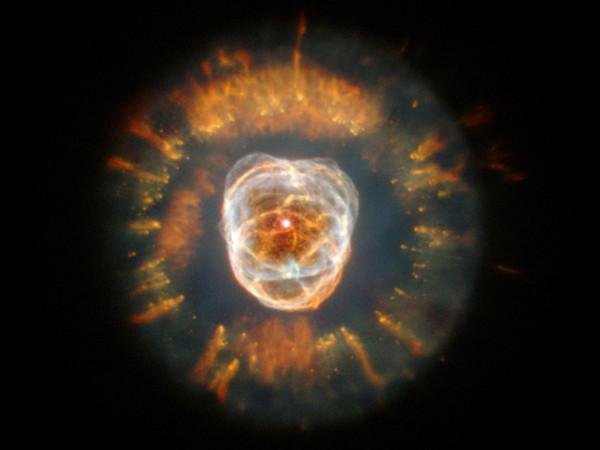
Despite their small diameter (approximately 12.5 miles, or 20 kilometers), neutron stars can boast 1.5 times the mass of the Sun, so they are incredibly dense. A single piece of neutron star matter the size of a lump of sugar would weigh a hundred million tons on Earth.
Any star with sufficient mass is capable of becoming a neutron star. Because neutron stars are the densest objects we know in the universe.
When a star is massive it depletes its nuclear fuel, suddenly, its nucleus can become unstable. The gravity of so much mass trapped forcefully to all atoms, which is nothing more than a very hot particle soup. Since there is no fuel that produces fusion, no force counteracts gravity. Thus, the nucleus becomes more and more dense, to the point that electrons and protons "melt" into neutrons.
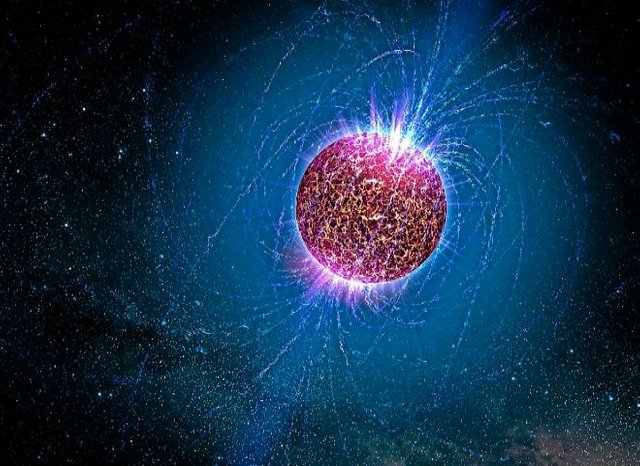
Characteristics:
The main characteristic of neutron stars is that they resist gravitational collapse by the degenerating pressure of the neutrons, added to the pressure generated by the repulsive part of the strong nuclear interaction between baryons. This contrasts with the main sequence stars, which balance the force of gravity with the thermal pressure originated in the thermonuclear reactions inside it. Currently it is not known if the nucleus of a neutron star has the same structure as its outer layers or if, on the contrary, it is formed by quark-gluon plasma. The truth is that the very high densities that occur in the central area of these objects are so high that they do not allow to make valid prediction
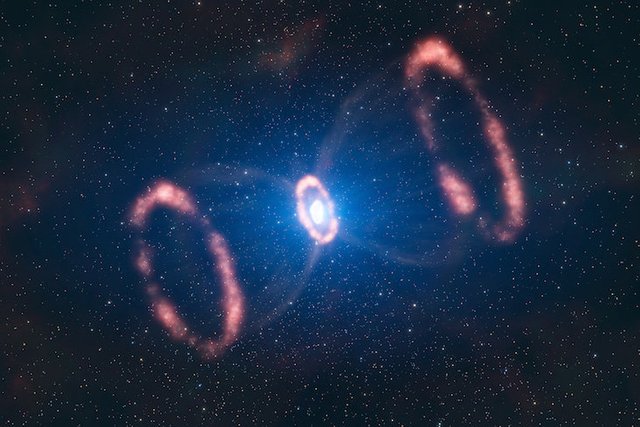
Pulsing lights:
These stars gradually slow down over eons, but bodies that still spin at high speed can emit radiation that from Earth seems to flash as it rotates, like the beam of a lighthouse. This appearance of "pulse" gives some neutron stars the name of pulsars. After spinning for several million years, pulsars run out of energy and become normal neutron stars. Few of the neutron stars that are known are pulsars. Only about 1,000 pulsars are known, while there could be hundreds of millions of neutron stars in the galaxy.
The amazing pressures of the nucleus of the neutron stars could be like those that existed at the time of the big bang, but these states can not be simulated on Earth.
Discovery of the Pulsares:
They were discovered in the mid-1960s by Tony Hewish, astronomer at the University of Cambridge, work that earned him the Nobel Prize in 1974,
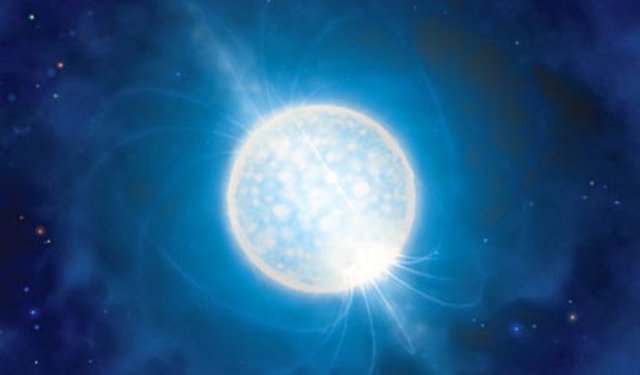
5 facts about these stellar objects:
- Neutron stars begin with an explosion.
- The neutron stars contain the densest materials that we can observe directly
- Neutron stars can spin as fast as the blades of a blender.
- Neutron stars are the most powerful magnets known.
- At first it was believed that neutron star emissions were extraterrestrial signals.
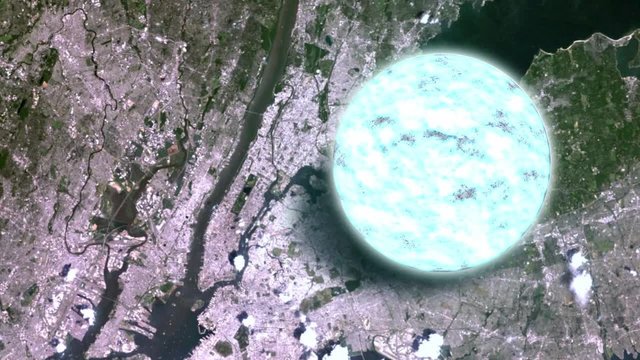
https://es.wikipedia.org/wiki/Estrella_de_neutrones
http://www.astroscu.unam.mx/~wlee/OC/SSAAE/AAE/Objetos%20Compactos/Estrellas%20neutrones.
https://hipertextual.com/2016/03/estrellas-de-neutrones
http://www.nationalgeographic.es/espacio/estrellas-de-neutrones